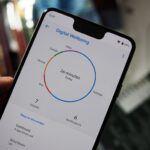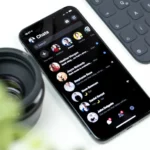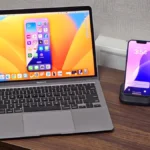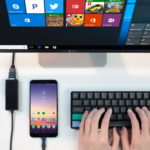In iOS 18 and macOS 15 Sequoia, Apple introduced a feature known as iPhone Mirroring.
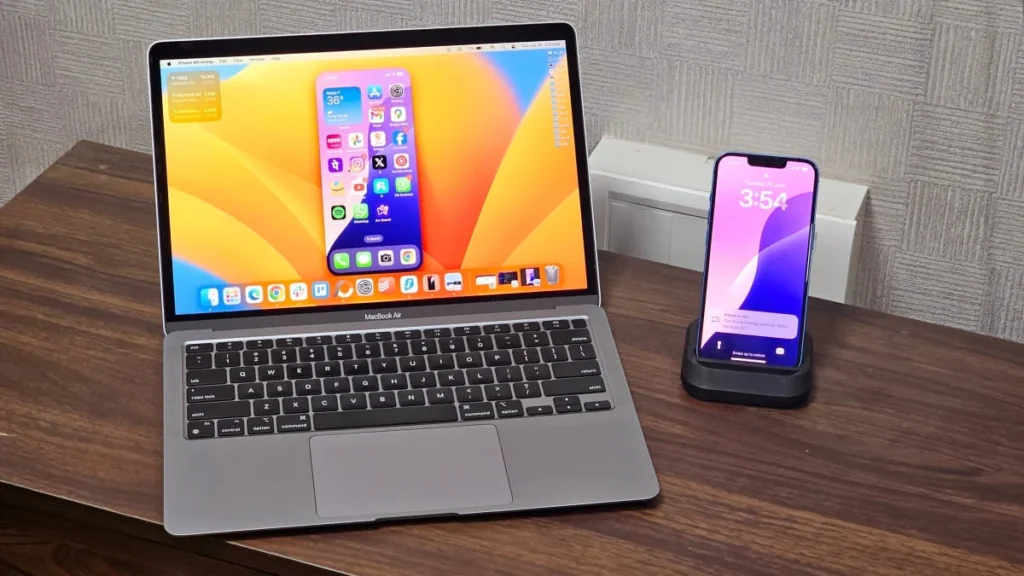
This allows you to interact with a virtual version of your iPhone on any Mac equipped with an Apple silicon or Intel chip featuring T2 security.
At first glance, it may seem unnecessary to use a virtual iPhone when the physical device is readily available.
I’ve discovered numerous useful ways to use iPhone Mirroring every day.
Creating 2FA Codes on My Mac
Another common use for iPhone Mirroring in my routine is handling two-factor authentication. I rely on Duo and Google Authenticator, both of which have apps for the iPhone but lack corresponding Mac versions.
So when I’m logging into an account with two-factor authentication on my Mac, I need to grab my iPhone, open the appropriate app, get the code, copy it over to my Mac, and then proceed with signing in.
With iPhone Mirroring, I can directly generate codes on my Mac even though the authenticator apps don’t have Mac versions. This allows me to log in from my desktop without constantly switching back and forth to my iPhone.
Verifying Transactions Through Banking Apps
When I use bank or credit cards for payments, I’m frequently required to verify the transactions through banking or credit card apps on my phone.
By logging into these apps with a passcode, I can confirm that it’s me making the payment, safeguarding against unauthorised use of my cards by others.
When making an online payment on my Mac, it can be somewhat frustrating. I need to pause what I’m doing, locate my iPhone, open the banking app there, authenticate with Face ID, confirm the transaction, and then go back to my Mac to finish up.
Since these apps don’t have Mac versions available for authentication purposes, using the iPhone is necessary.
With iPhone Mirroring, I can handle everything directly from my Mac.
If I need to authenticate a payment, I simply open the payment app via mirroring on my Mac, sign in using my passcode (as Face ID isn’t available through this feature), and confirm the transaction right there.
This entire process is completed without ever having to touch my iPhone.
Directly Dragging and Dropping Files into Applications
AirDrop is an incredibly handy tool that I frequently utilise. It still seems magical how I can simply tap AirDrop, and a file will wirelessly transfer between my iPhone and Mac or vice versa.
I can use iPhone Mirroring to transfer files between my iPhone and Mac.
To do this, I simply drag and drop files from my Mac into the iPhone Mirroring window or move them from the virtual representation of my iPhone onto my Mac desktop, enabling automatic file transfer.
One main advantage of this method over AirDrop is the control it offers over file destinations. With AirDrop, I have limited authority on where transferred files are saved.
For instance, transferring a file from my iPhone to my Mac defaults its location to the Downloads folder, even if that’s not where I want it.
Similarly, sending a photo via AirDrop from my Mac to my iPhone routes it directly into the Photos app regardless of whether I’d like to use it elsewhere.
With iPhone Mirroring, I gain significantly more control. When transferring files from my iPhone to my Mac, I’m able to drag them right from the virtual iPhone into any desired folder instead of defaulting to the Downloads folder.
Moreover, when moving files from my Mac back onto my iPhone, it proves even handier because I can directly drag and drop those files into specific apps.
Creating Journal Entries with a Keyboard
Apple’s native Journal app is an outstanding free tool for journaling. It features helpful activity-based suggestions, can automatically choose photos to enhance my entries, and provides writing prompts when I’m stuck on what to write.
Additionally, it lets me record my state of mind in the journal and seamlessly saves this information to the Health app.
However, there’s a significant drawback. The app is exclusively available on iPhone and iPad at the moment, which isn’t ideal for writing my journal entries.
It’s somewhat easier if you have an iPad keyboard, but typing your deepest thoughts on an iPhone screen is far from perfect.
Fortunately, with iPhone Mirroring, I can access the Journal app on my Mac and type out my entries using a physical keyboard.
This civilised setup significantly speeds up and simplifies the process of adding journal entries—almost making iPhone Mirroring worthwhile just for this feature alone.
The Journal app will become available on the Mac with macOS 26 in September or October of 2025. Until then, I plan to use iPhone Mirroring to type all my journal entries.
Conclusion
Apple introduced iPhone Mirroring in iOS 18 and macOS 15 Sequoia, allowing users to interact with a virtual iPhone on any Mac equipped with an Apple silicon or Intel chip featuring T2 security.
This feature is useful for creating 2FA codes on a Mac, enabling two-factor authentication, transferring files between iPhone and Mac, and transferring files between iPhone and Mac.
For transactions through banking apps, users can use iPhone Mirroring to authenticate transactions directly from their Mac, sign in using their passcode, and confirm the transaction without touching their iPhone.
This eliminates the need to switch between devices for authentication purposes.
For transferring files between iPhone and Mac, users can use iPhone Mirroring to drag and drop files from their Mac into the iPhone Mirroring window or move them from the virtual representation of their iPhone onto their Mac desktop.
This method offers more control over file destinations, allowing users to choose their preferred folders and transfer files directly from their iPhone to their Mac. Apple’s native Journal app is an excellent tool for journaling, but it is currently only available on iPhone and iPad.
iPhone Mirroring allows users to access the Journal app on their Mac and type out entries using a physical keyboard, speeding up and simplifying the process.
The Journal app will be available on the Mac with macOS 26 in September or October 2025.

